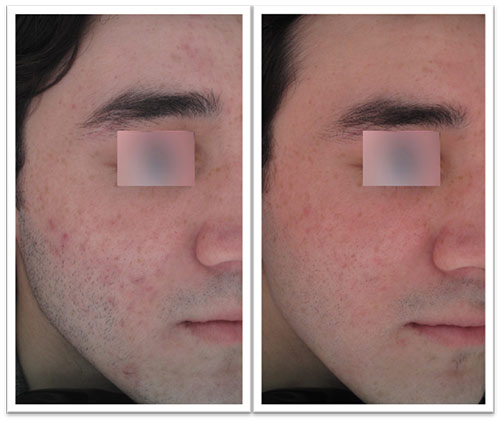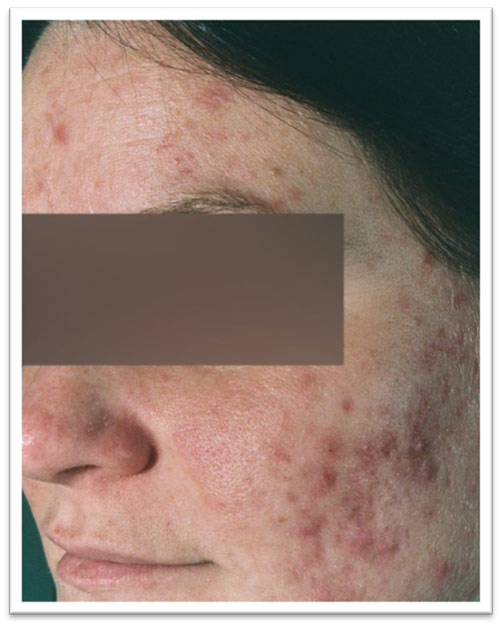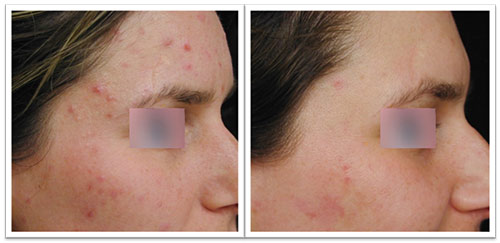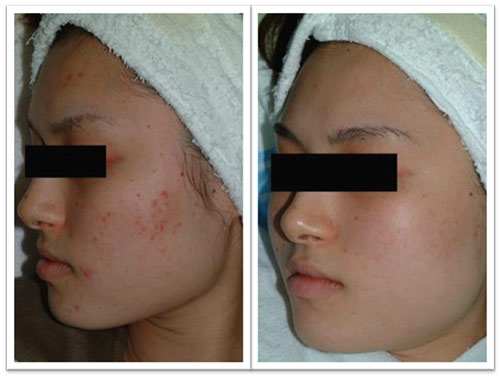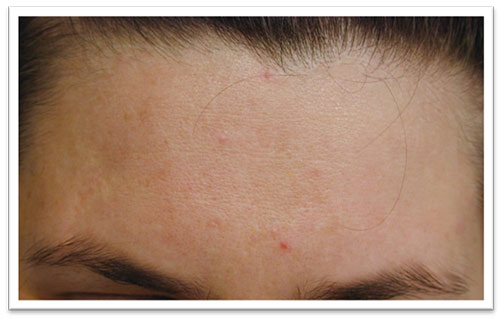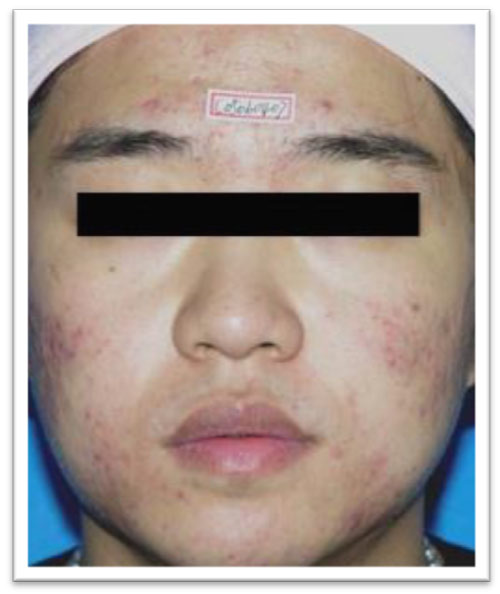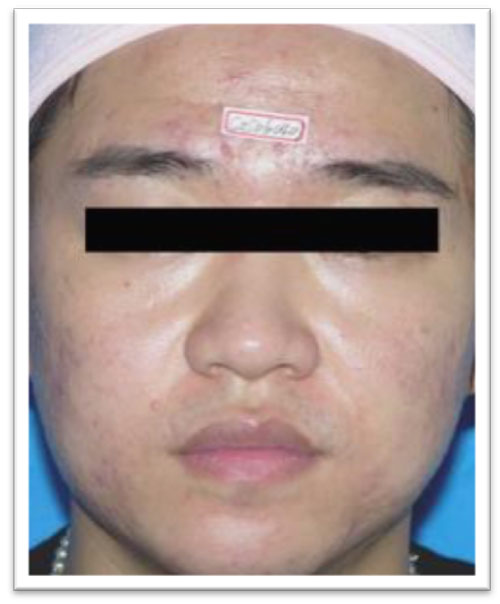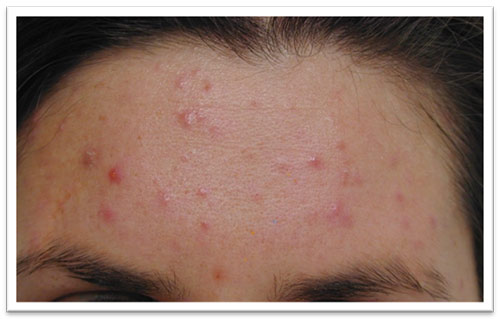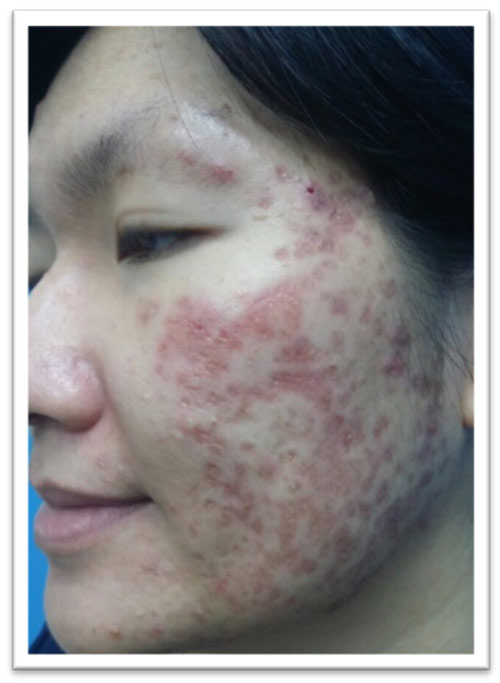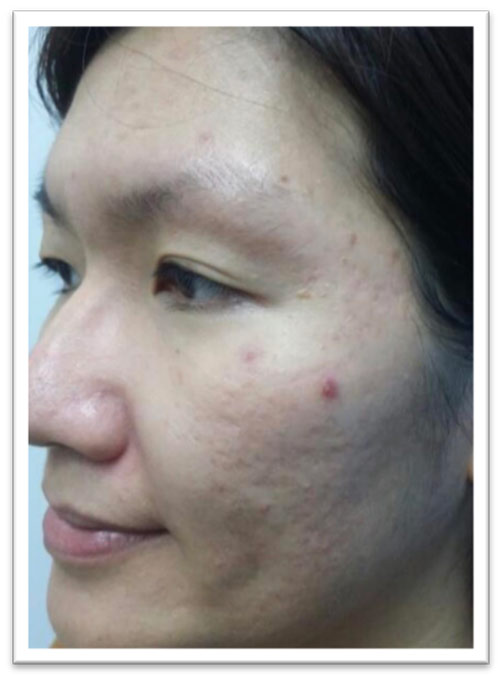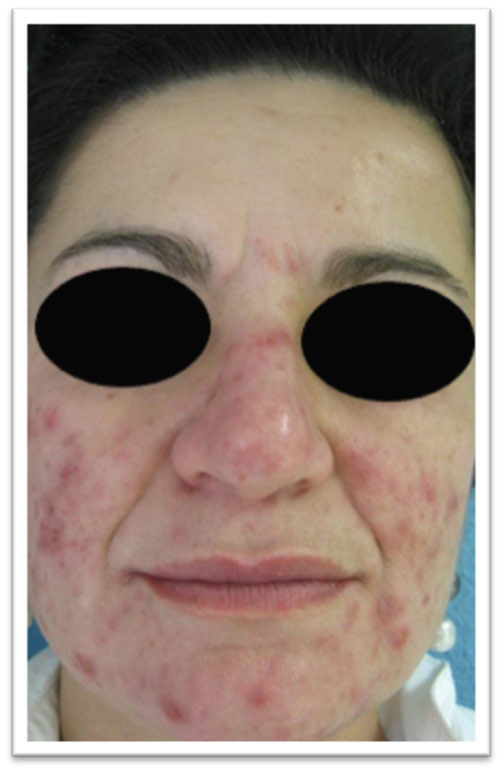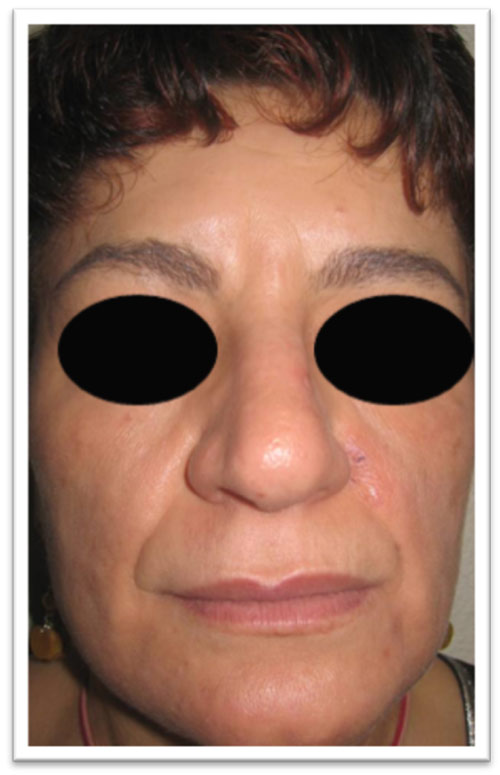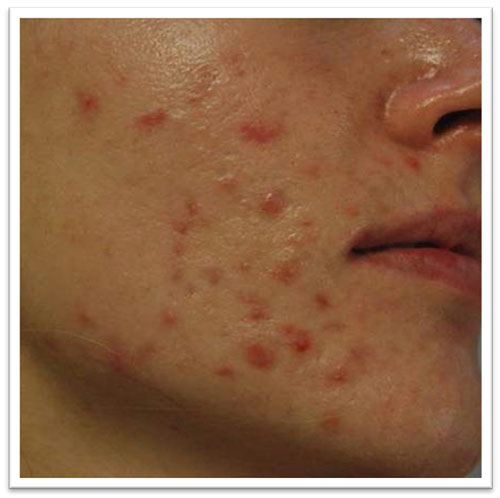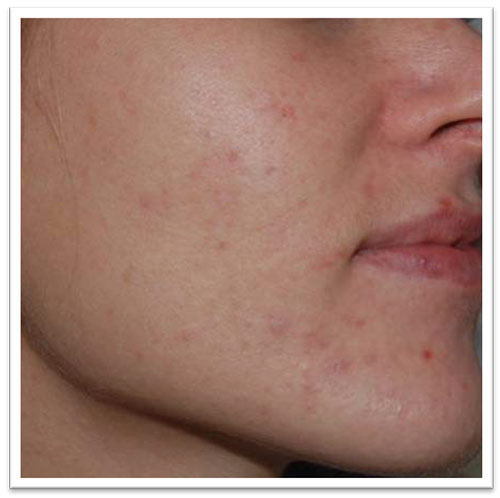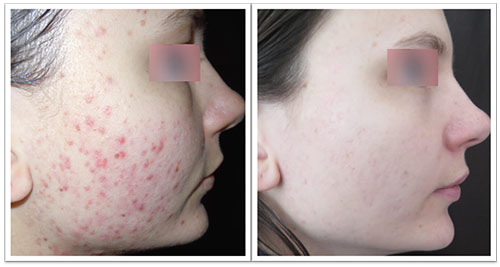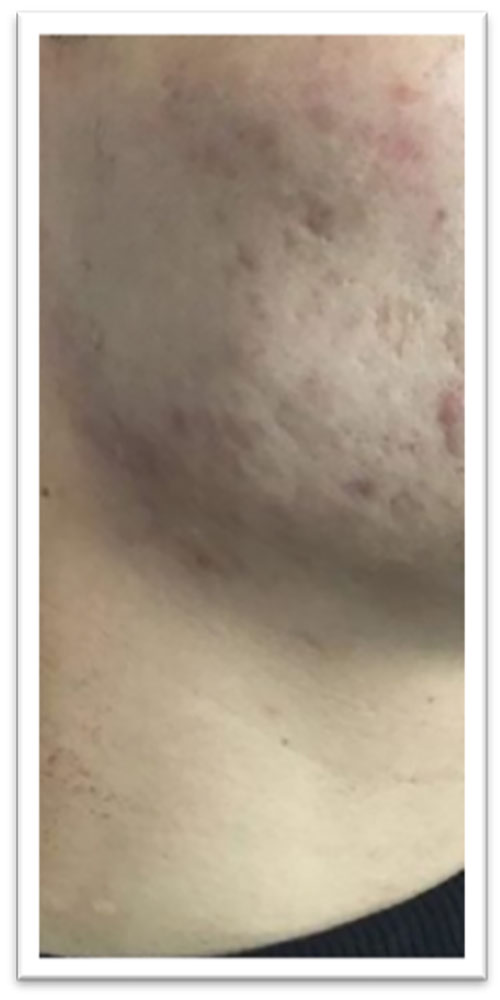Acne Laser Treatment
Our bodies produce a hormone called androgen, which stimulates our sebaceous glands to produce an oily substance called sebum. An overproduction of sebum can block pores, trapping the oil. Skin bacteria (P.acnes) that feed on and break down sebum also become trapped, and the mixture of hair protein, sebum, and fatty acids produced by the bacteria irritate the walls of the hair follicle causing inflammation.
How does the treatment work?
The treatment reduces the blood supply to the sebaceous gland, slowing down production of sebum. The light also has the ability to kill some of the P acnes bacteria directly. To do this, short, safe bursts of intense pulsed light (called SWT® technology by) are directed at the skin. The system filters the light to ensure the wavelengths used are absorbed by haemoglobin in the fine blood vessels that supply the sebaceous glands.
How long does a treatment take?
It takes approximately 60 flashes to treat the full face. Including consultation and preparation, you should count on 20 minutes in the clinic. A typical course of therapy includes four treatments, four weeks apart.
Can I be treated?
The best results are achieved on inflammatory acne – red, aching, raised pimples. It is important your skin does not have a recent suntan.
Does the treatment hurt?
No anaesthetics are required, and many patients describe the treatment as practically pain-free, like a flick from a rubber band followed by a sensation similar to the feeling of gentle warmth after a day on the beach.
Do I need to take special precautions before and after treatment?
The light used is completely safe, visible light, so no special precautions are necessary. The acne treatment is a combination therapy, so in the clinic you will be given a tube of adapalene cream or gel (in most countries branded Differin®) to apply once every evening to the acne-affected area. Adapalene works by reducing the inflammation caused by acne, and by reducing (normalising) the thickness of the skin in the treated area. You will learn more from the doctor who will prescribe adapalene. Generally, no special care is necessary after treatment, but people with sensitive skin may benefit from applying a cold compress to the face immediately after treatment or from using an ointment prescribed by the doctor.
What can I expect?
You may notice some general redness on the face following the treatment. If you have sun-damaged skin, some of the pigmented spots may turn darker and eventually disappear. Because the bacteria are difficult to eradicate completely, your doctor will probably recommend that you continue using adapalene cream for some months after the treatment has ended. If you have a future acne outbreak, the treatment can be repeated. Although results vary from person to person, you should expect more acne lesions to clear compared to adapalene alone, and a faster clearance rate. Please talk to your physician about what results you can expect.
Before and After
